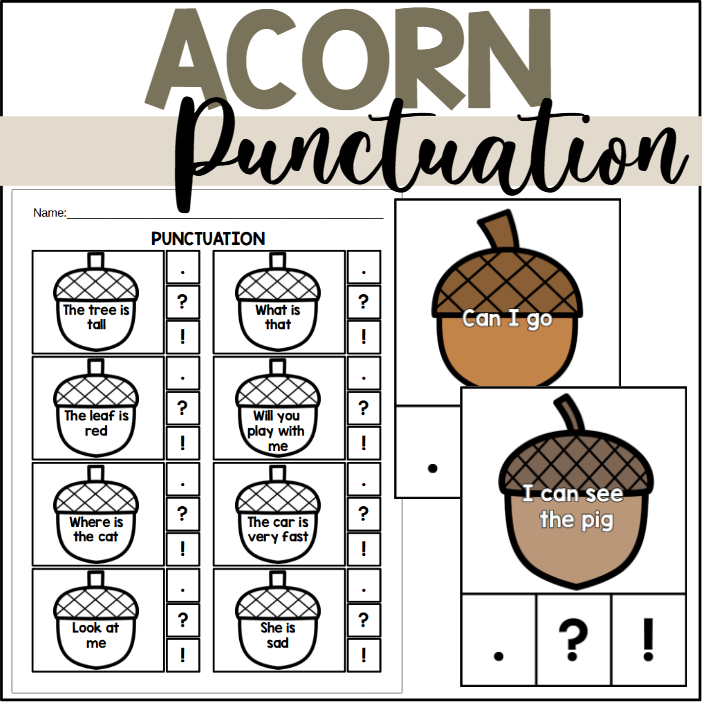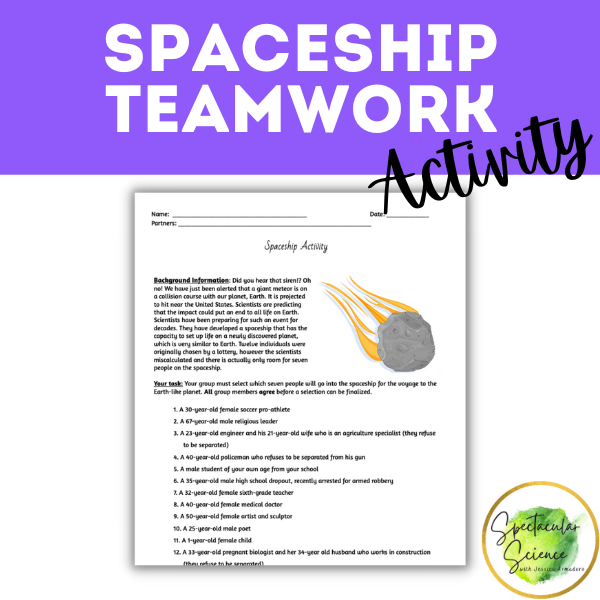Formative assessment is an integral part of educational practice, serving as a bridge between teaching and learning by providing essential feedback to both teachers and students.
Formative assessment is an integral part of educational practice, serving as a bridge between teaching and learning by providing essential feedback to both teachers and students.

Formative assessment is an integral part of educational practice, serving as a bridge between teaching and learning by providing essential feedback to both teachers and students.
These assessments are not only meant to measure student understanding but also to enhance ongoing learning and adapt teaching strategies. Ranging from interactive technologies to personal interactions, formative assessments come in various forms, each designed to cater to different learning environments and educational needs. By integrating tools like exit tickets, interactive quizzes, peer review sessions, and more into their teaching methods, educators can create a dynamic and responsive learning atmosphere that promotes deeper understanding and engagement among students.









Exit tickets serve as a concise and effective formative assessment tool used at the end of class sessions to gauge students’ understanding of the material covered that day. Typically consisting of one to three questions, these brief assessments require students to summarize key concepts or solve a problem related to the day’s lesson. The beauty of exit tickets lies in their simplicity and immediacy. Teachers can quickly collect data on student comprehension and adjust their instruction accordingly for the next lesson. This method not only reinforces students’ learning by requiring them to reflect on what they’ve learned but also provides crucial insights into the effectiveness of the teaching strategies employed. Furthermore, exit tickets can foster a routine where students become accustomed to critically evaluating their own understanding and learning habits regularly.
Interactive quizzes harness the power of technology to enhance the learning experience by providing immediate feedback to students, which is crucial for reinforcing understanding and correcting misconceptions. Platforms like Kahoot and Quizizz make this process engaging and competitive, often increasing student participation and motivation. These quizzes can be used to start a lesson to gauge pre-existing knowledge, during the lesson as a check-in, or at the end to summarize the day’s learning. The real-time feedback provided by these platforms allows teachers to identify areas where students struggle the most and adjust their teaching strategies in real time. Moreover, these tools often have a playful element, incorporating elements like points, timers, and leaderboard rankings, which can make learning a more enjoyable and interactive experience.
Peer review sessions are structured opportunities within the classroom that allow students to engage in giving and receiving feedback about each other’s work. This practice not only promotes critical thinking and communication skills but also fosters a learning community where students learn to constructively critique their peers and accept feedback on their own work. By exposing students to the perspectives of their classmates, peer review can broaden their understanding and appreciation of different approaches to the same assignment. This process helps students reflect on their own work in the context of others’ insights, which can deepen their knowledge and improve their work quality. Implementing peer review effectively requires clear guidelines and criteria to ensure that the feedback is meaningful and beneficial to the learning process.
One-on-one conferences between teachers and students are personalized meetings designed to discuss a student’s progress, challenges, and goals. These conferences allow for a deep dive into the student’s performance and offer a chance to set individual targets and strategies for improvement. Such meetings are invaluable because they provide a safe space for students to express concerns and for teachers to provide tailored support. This personalized interaction can boost student confidence and motivation, as it demonstrates the teacher’s investment in their individual success. Additionally, one-on-one conferences can help in identifying and addressing specific learning needs and behavioral issues that might not be apparent in the larger classroom setting.
Learning logs are personal records kept by students, documenting their learning experiences, reflections, and questions over a period. These journals encourage students to engage continuously with the material and reflect on their learning processes and outcomes. By regularly writing down what they have learned, any difficulties they encountered, and their strategies for overcoming these challenges, students can trace their progress and develop self-regulatory learning skills. Learning logs are particularly useful for encouraging metacognitive skills, as they require students to think about how they learn, not just what they learn. Teachers can review these logs to gain insights into student thinking, which can guide future instruction and provide a more tailored educational experience.
Concept maps are visual tools that facilitate the organization and representation of knowledge. Students create concept maps to explore connections and relationships between different concepts within a subject area. This activity not only aids in visual learning but also enhances students’ ability to organize information coherently and critically. Concept maps can be used as a diagnostic tool at the beginning of a learning unit to assess prior knowledge, or at the end of a unit to consolidate learning. They are especially useful in complex subjects where relationships between information are key to understanding. The process of creating a concept map encourages students to engage deeply with the content and to understand the structure of the subject matter comprehensively.
Self-assessment checklists are tools provided to students to evaluate their own performance against predefined criteria. These checklists help students develop self-evaluation skills and become active participants in their learning process. By regularly assessing their work against the checklist criteria, students can identify areas of strength and weakness in their understanding and skills. This ongoing self-assessment promotes a sense of personal accountability and continuous improvement. Teachers can use these self-assessments to tailor feedback and support, enhancing the learning experience by aligning it more closely with individual student needs.
Think-Pair-Share is a collaborative learning strategy where students first think independently about a question or problem, then pair up to discuss their thoughts with a peer, and finally share their conclusions with the larger group. This method fosters a high level of student engagement and participation, as all students are involved in formulating and expressing their ideas. During the ‘think’ phase, students develop their own understanding; in the ‘pair’ phase, they are exposed to alternate viewpoints; and during the ‘share’ phase, they learn to articulate their thoughts coherently and confidently. This strategy not only enhances understanding through discussion and explanation but also builds communication and social skills.
Whiteboard questions involve students using personal or shared whiteboards to write down answers to questions posed by the teacher. This method allows for quick, visual feedback on student understanding and can be an effective way to engage the entire class simultaneously. Teachers can quickly assess the range of understanding across a class and immediately address misconceptions or clarify points where students appear to struggle. The use of whiteboards can make the feedback process less intimidating for students, as answers can be quickly erased, reducing the fear of permanent error. This can encourage more willing participation from students who might be reluctant to speak up in other formats.
Progressive project reviews are ongoing assessments where student projects are reviewed at various stages of completion, rather than only at the final stage. This approach provides iterative feedback, helping students refine their work progressively and learn from the process as much as from the final product. Such reviews encourage students to think critically about their work, make continual improvements, and develop a deeper understanding of the subject matter through practical application. This method also helps in managing large projects by breaking them down into manageable stages, making the feedback more focused and the project less overwhelming for students.
Incorporating various formative assessment techniques into the classroom is pivotal for fostering an educational environment where continuous improvement is at the core. Techniques such as exit tickets, interactive quizzes, and peer reviews not only provide immediate insights into student understanding but also encourage a collaborative and reflective learning process. As educators continue to adapt these tools to their specific classroom needs, they enhance their ability to guide each student towards academic success and personal growth. Ultimately, the thoughtful application of these formative assessments supports a learning culture that values ongoing feedback, personal accountability, and active participation.